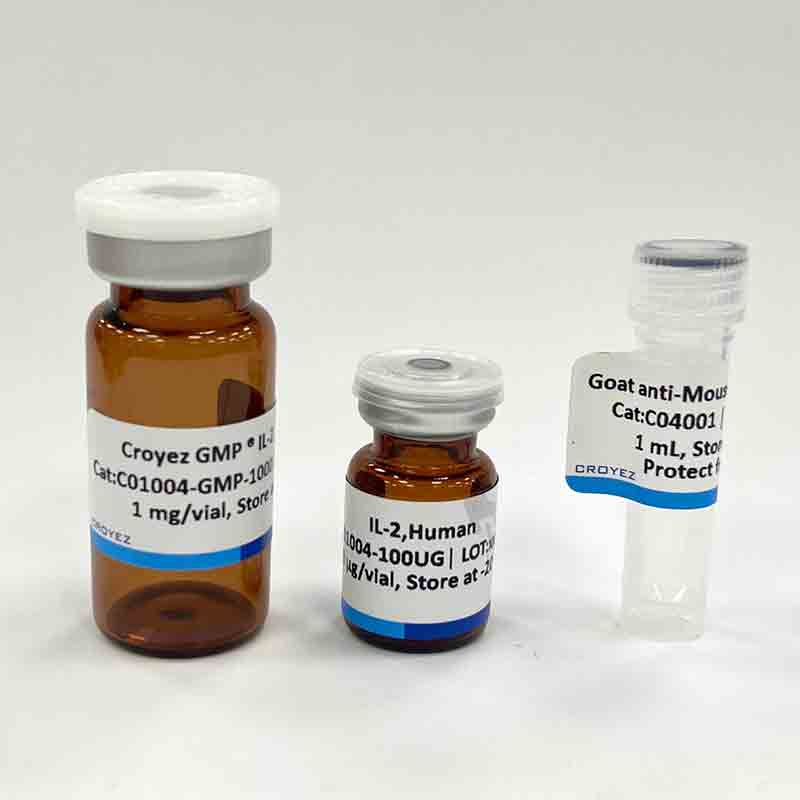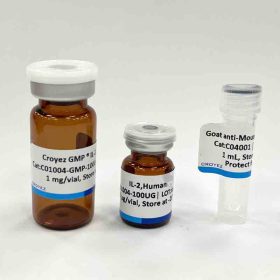OGG1, also known as 8-oxoguanine glycosylase, is the primary enzyme responsible for the excision of 7,8-dihydro-8-oxoguanine (8-oxoG) , and is also a mutagenic base byproduct which occurs as a result of exposure to reactive oxygen species (ROS). This protein is a DNA glycosylase enzyme involved in base excision repair. Additionally, OGG1 has a beta lyase activity that nicks DNA 3′ to the lesion.
Sequence:
MPARALLPRRMGHRTLASTPALWASIPCPRSELRLDLVLPSGQSFRWREQSPAHWSGVLADQVWTLTQTEEQLHCTVYRGDKSQASRPTP
DELEAVRKYFQLDVTLAQLYHHWGSVDSHFQEVAQKFQGVRLLRQDPIECLFSFICSSNNNIARITGMVERLCQAFGPRLIQLDDVTYHGFP
SLQALAGPEVEAHLRKLGLGYRARYVSASARAILEEQGGLAWLQQLRESSYEEAHKALCILPGVGTKVADCICLMALDKPQAVPVDVHMWH
IAQRDYSWHPTTSQAKGPSPQTNKELGNFFRSLWGPYAGWAQAVLFSADLRQCRHAQEPPAKRRKGSKGPEG with polyhistidine tag
at the C-terminus
Source:
Escherichia coli
Endotoxin Test:
<0.1 EU per 1 μg of the protein by the LAL method.
Purity:
>98% as determined by SDS-PAGE. Ni-NTA chromatography
Formulation:
The protein was lyophilized from a solution containing 1X PBS, pH 7.4.
Reconstitution:
It is recommended to reconstitute the lyophilized protein in sterile H2O to a concentration not less than 100 μg/mL and incubate the stock solution for at least 20 min to ensure sufficient re-dissolved.
Storage:
Lyophilized protein should be stored at -20°C. Upon reconstitution, protein aliquots should be stored at -20°C or -80°C.
Note:
Please use within one month after protein reconstitution.





